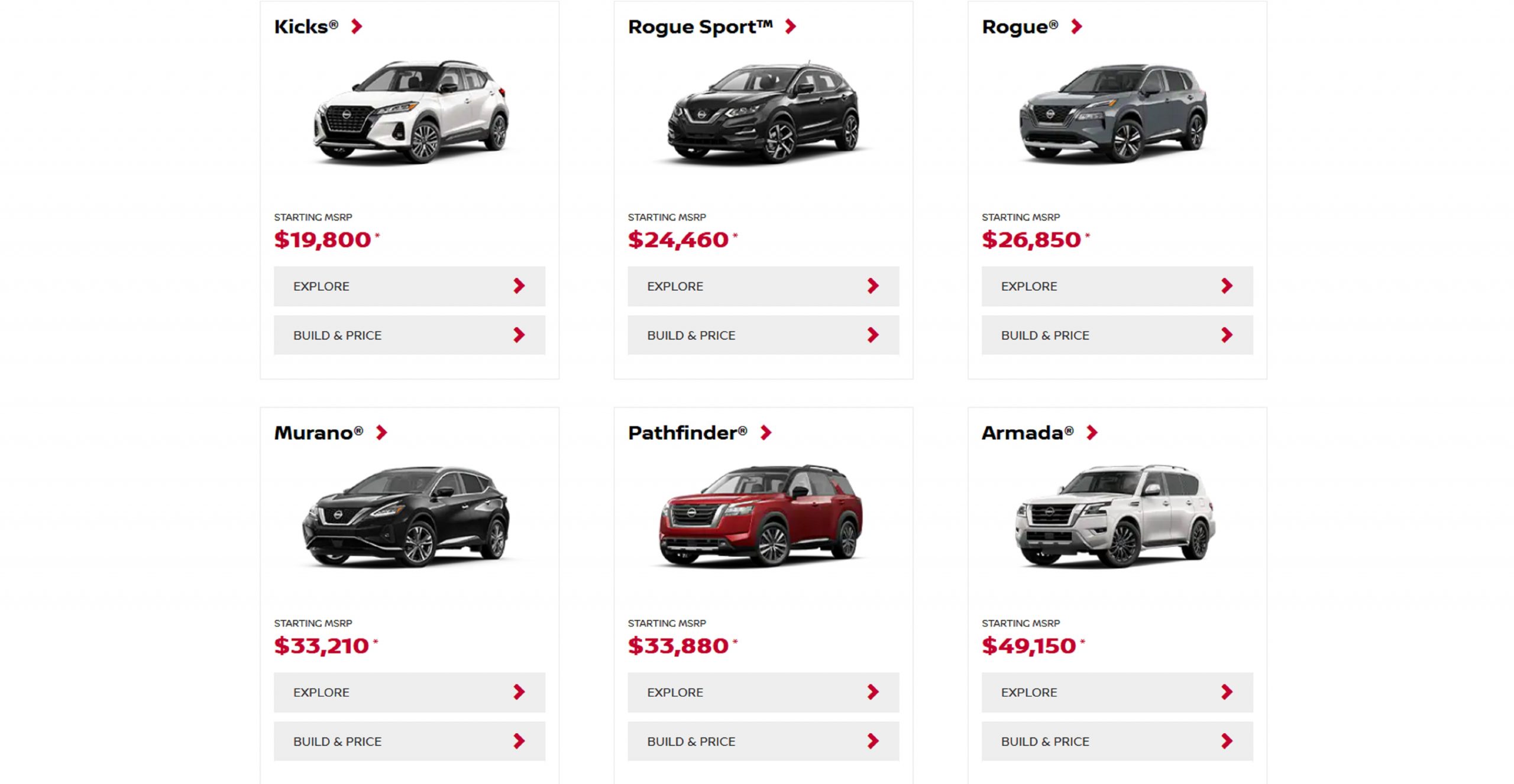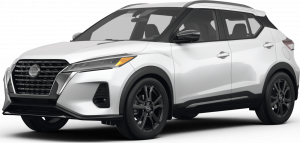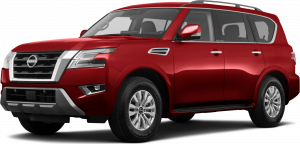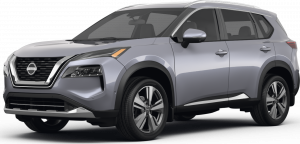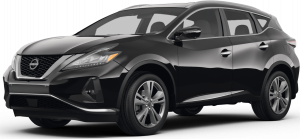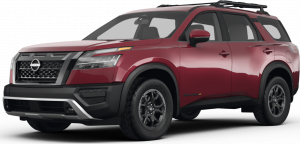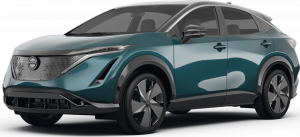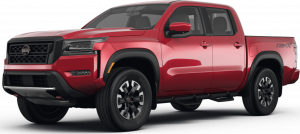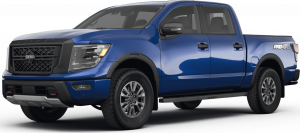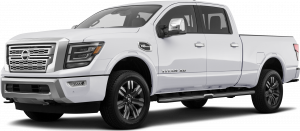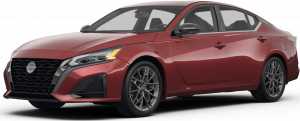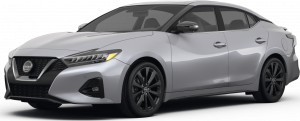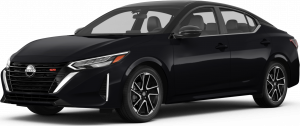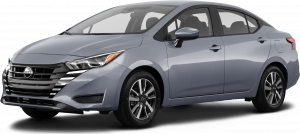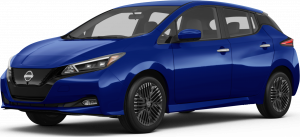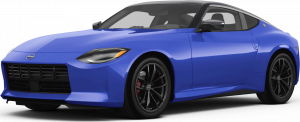Crossover Utility Vehicles (CUVs) and Sports Utility Vehicles (SUVs) are terms that are sometimes used interchangeably, but both have distinguishing features. You'll often hear the term "crossover," which describes an SUV based on a car platform rather than a truck platform. SUVs are a much better option for tough road conditions, while the smaller crossover has the edge on comfort and fuel efficiency.
Primary differences between CUV and SUV
The main factor differentiating an SUV from a CUV is in the way the two cars are built. Though vehicle design has continuously been changing, making it harder to apply this distinction, it is still the main difference.
Originally, all SUV models were based on that of a pickup truck and were designed with a body-on-frame configuration (the car’s frame and body are built separately then attached later). While this configuration makes the SUV a more powerful car, it also makes it heavier than standard automobiles. This tends to lower the SUV’s fuel economy.
Crossover utility vehicles implement a single-body construction model (the vehicle’s frame and body are built as a single unit). It is the model used in standard vehicles and is why the CUV feels more like standard cars. CUVs also have better handling. Though these vehicles aren’t meant for heavy towing, some CUV models can pull impressive amounts and handle a bit of off-roading as well. Essentially, CUVs are a more fuel-efficient, lighter version of the SUV.

What SUV Buyers should consider
- Seating: Almost all SUVs carry at least five people. Some midsized and full-sized models include a third-row seat that increases passenger capacity to six, seven, or eight. However, many three-row SUVs have limited cargo space when the third-row seats are upright. Most third-row seats can fold flat when not in use, or nearly so, opening additional luggage space.
- Cargo space: CUVs and SUVs will share a similar storage space area since they sometimes use the same bodies and design cues. Mid- and full-size SUVs will also offer third-row seating, whereas few CUVs will have that optionally or standard. Size-wise, the CUV and small SUV offer around the same amount of storage space. However, mid- to full-size SUVs have a different shape (usually boxier) and much more storage. CUVs don't come in mid- or full sizes.
- 2WD vs. AWD vs. 4WD: Most car-based SUVs use a front-drive platform and are available with all-wheel drive. Truck-based models have a rear-drive configuration and are available with four-wheel drive. AWD is a lighter-duty system that stays permanently engaged or one that automatically routes power between the front and rear wheels as needed and is usually fine for typical adverse weather conditions and tackling dirt roads. SUVs usually have robust low range gearing for tackling difficult off-road terrain, such as rocks or steep dirt hills. Look for automatic 4WD that allows the system to engage automatically depending on conditions. Drivers who travel almost exclusively on pavement without snow or ice should consider a two-wheel-drive model; it will save on the purchase price and will probably provide better fuel economy.
- Handling: When people want a spacious and safe vehicle that offers a sporty drive, they look for a crossover utility vehicle. However, many CUV vehicles are rather capable at off-roading. The inclusion of all-wheel drive makes most vehicles able to take on light off-roading, such as snowy or muddy conditions. Some compact SUVs, however, can do just as much off-roading as their larger SUV counterparts.
- Towing: Truck-based SUVs offer much more towing capacity than any other vehicle except pickup trucks. Most full-sized models can tow up to 9,000 pounds, or the equivalent of a large boat. Some powerful mid-sized models can pull as much as 5,000 pounds, enough for a small boat or camper. Buyers should look at the tow-capacity rating and be sure they get a vehicle that can comfortably handle the load they need to tow. Mid-sized and larger SUVs often require an optional tow package to reach that maximum rating.
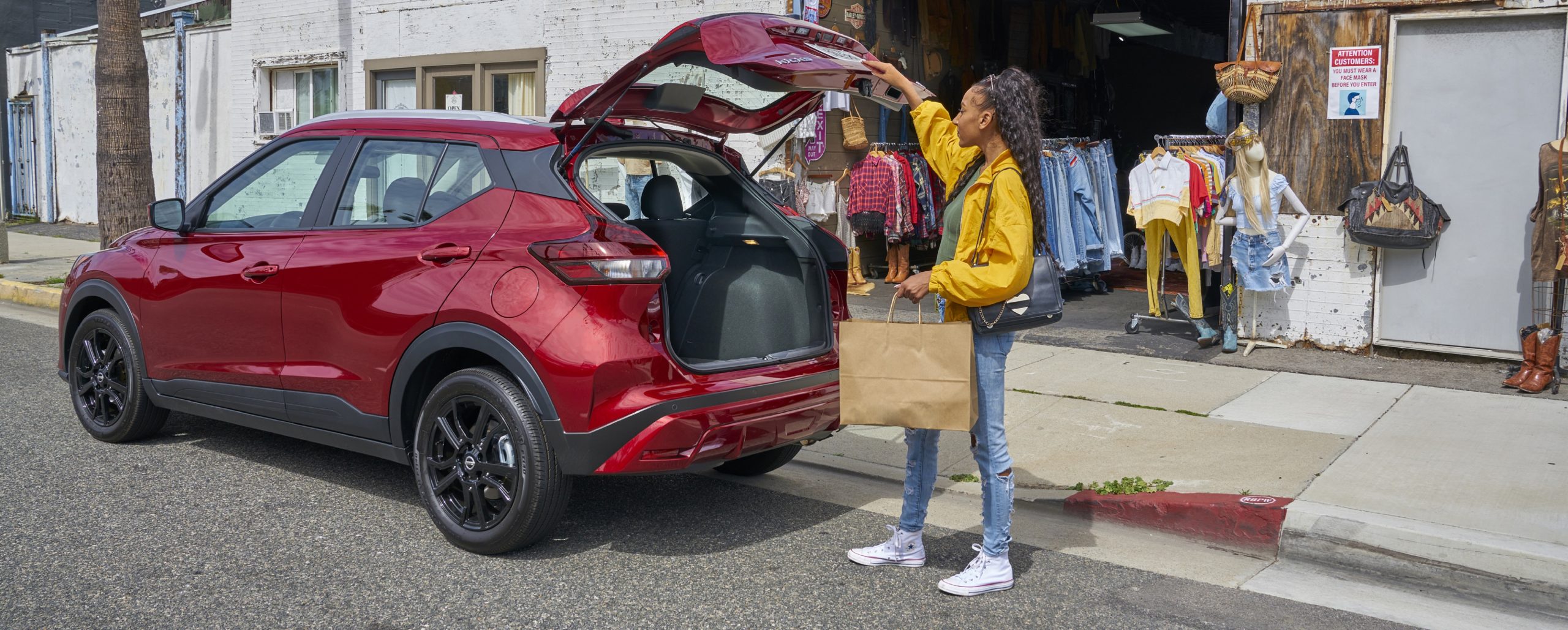
Getting the right CUV or SUV for you
With all the shared similarities, you might be wondering how to determine which option to go for. Like buying any car, it depends on what your needs are. Every vehicle is built for something. With so many things to consider, let the team at Charlie Clark Nissan of Brownsville, TX help you find the perfect match! We have many options to choose from, starting with six Nissan SUV and CUV models. We can also tap into our new and used inventory from several other facilities. Let us get you set up to test drive one of many options today! Call us at (956) 303-1778 to discuss options or stop on by! We look forward to getting you the best vehicle and the best price!

